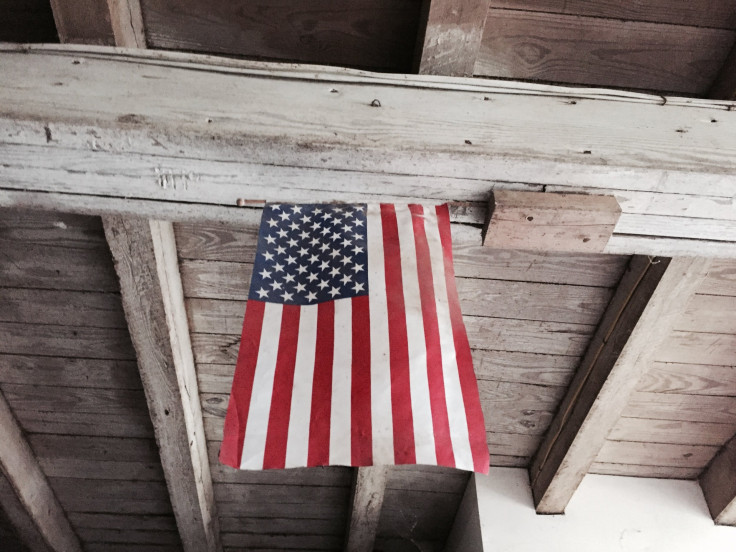Why Do Americans Celebrate Labor Day? A Breakdown Of The Holiday
The national holiday celebrating U.S. workers and laborers, now known as Labor Day, did not begin until the late 19th century.
However, Labor Day has a long history that extends beyond government recognition. It is unclear who originally proposed such a holiday in the early 1880s. Still, according to the Department of Labor, historians suggest it was one of two men who first publicly proposed the idea.
It was either Peter J. McGuire or Matthew Maguire, both heavily involved in labor organizations at the time. It is unclear whether McGuire or Maguire first suggested the holiday, but historians believe it was one of those two men.
Still, the history of labor activism extends well beyond McGuire and Maguire. In the 1800s, at the height of the Industrial Revolution, working conditions for laborers were awful. These conditions included twelve-hour days, seven days a week, harsh conditions, low pay, and no protection, holidays, sick days, or health benefits.
The fight for labor rights eventually led to protests in Chicago's Haymarket Square. Workers protested to decrease the 12-hour workday to eight hours. During one protest, a bomb exploded, killing seven police officers and four civilians.
In 1882, after years of activism, New York City held the first-ever Labor Day parade on Tuesday, Sept. 5. New York was the first state to introduce legislation to declare Labor Day a state holiday.
Later, in the 1880s, the first state to recognize the holiday was Oregon. Oregon passed legislation declaring Labor Day a state holiday in 1887. Back then, Oregon celebrated the holiday on Feb. 21.
Later on, four more states passed legislation that same year declaring Labor Day a federal holiday: Colorado, Massachusetts, New Jersey, and New York. At the end of the decade, Connecticut, Nebraska, and Pennsylvania recognized Labor Day as a holiday. That brought the total of eight states that recognized the holiday to eight.
In the early 1890s, the total went up to 23 states. By 1894, as 23 states federally recognized the holiday, Congress passed a law. President Grover Cleveland signed the legislation on June 28, declaring the first Monday in September as Labor Day.
However, the protests and activism leading up to the creation of Labor Day did not end the fight for workers' rights. Notably, the Battle of Blair Mountain occurred in the latter half of 1921 in Logan County, West Virginia. The Battle was the largest labor uprising in U.S. history and the largest armed uprising since the U.S. Civil War. Around 100 people died, and hundreds more, primarily coal miners, went to jail.























